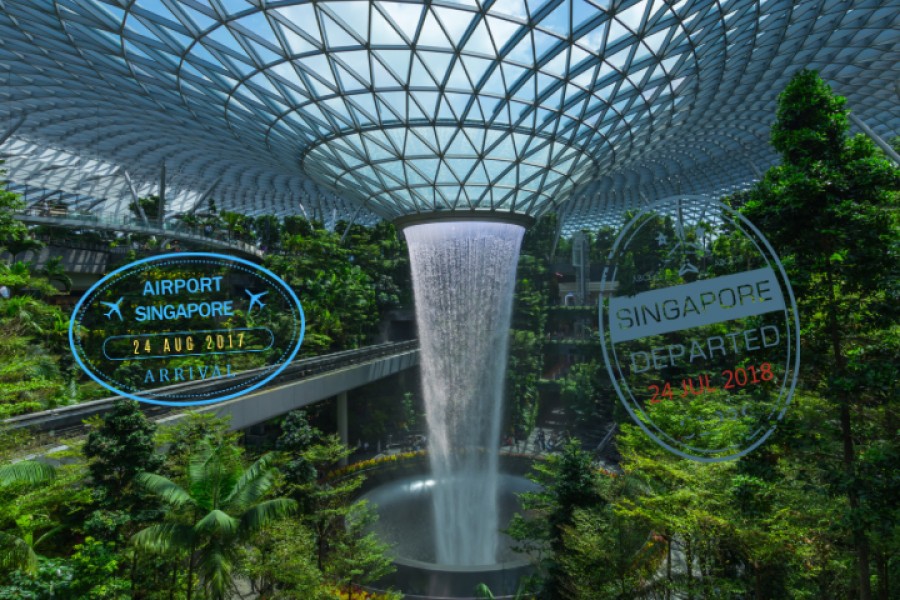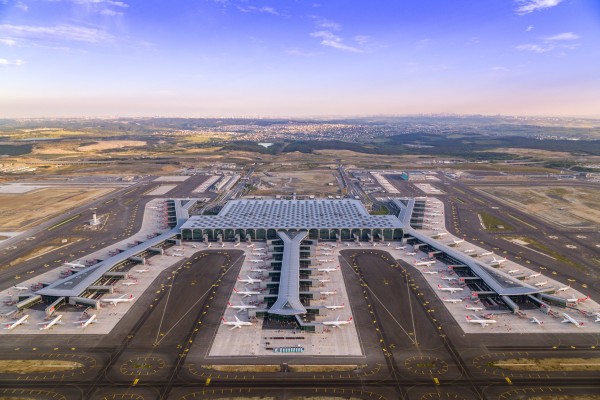- Airline
- 1 year before
A Detailed Review of an Icon in Global Aviation at Singapore Changi Airport
Explore Singapore Changi Airport: Delve into its history, architecture, passenger experience, and technical prowess. A global leader in aviation excellence
-

- 1 year before
- Category: Airline

Changi Airport: A Journey of Excellence
The story of Changi Airport, from its humble beginnings at Paya Lebar to its current status as a global aviation hub, is a testament to Singapore's unwavering commitment to growth and innovation. Opened in 1981, Changi Airport was envisioned as a catalyst for Singapore's expanding air traffic needs and a key player in the global aviation landscape. In its early years, airport staff and construction crews braved harsh weather conditions and technical challenges to bring this ambitious project to life. Changi's story is not just about the construction of an airport; it is also the story of Singapore's remarkable leap forward in the field of aviation.
Architecture and Design: Visual Marvels and Innovation
Changi Airport's architecture is designed to captivate visitors. Kinetic Rain, the world's largest kinetic art installation, combines aesthetics and technology to create a mesmerizing visual spectacle. Jewel Changi, an indoor garden and entertainment complex, brings a touch of nature to the heart of the airport. Features like the HSBC Rain Vortex and Shiseido Forest Valley make Jewel Changi a visual and functional masterpiece.
Passenger Experience: Comfort and Entertainment
Exceptional service and innovative amenities set Changi apart in terms of passenger experience. The airport boasts the world's first transit area swimming pool, along with a myriad of entertainment and recreational options, from butterfly gardens to movie theaters. Technology is central to this experience, with the airport constantly developing digital services and applications to enhance passenger convenience.
Transportation and Access: Seamless Connections
Changi Airport offers easy and efficient access to downtown Singapore. The Changi Airport MRT Station provides seamless connectivity to the city, while on-site hotels, such as Crowne Plaza, offer convenient accommodation options.
Technical Capacity and Operations
Changi Airport's three 4-kilometer runways provide it with ample operational capacity. It is designed to accommodate large aircraft such as the Airbus A380. Security systems, passenger handling, and flight operations are constantly updated to maintain the highest levels of safety and efficiency.
Changi's Unique Features: Going Beyond the Ordinary
Changi Airport offers much more than just transportation. Its signature Changi Scent adds a unique touch to the airport's ambiance. The distinct design of each terminal and the diverse entertainment options available transform Changi from a mere transit point into an experiential destination.
The Future of Changi: Continuous Development and Innovation
Changi Airport is committed to continuous development, with ambitious plans for the future. Sustainability and eco-friendly approaches are at the core of these plans. The airport is constantly innovating to improve the passenger experience while reducing its environmental impact.
Global Impact and Significance: A Worldwide Leader
Changi Airport has established itself as a global leader, consistently reinforcing its position in the aviation industry. Numerous international awards and accolades attest to Changi's significance not only to Singapore but also as a major aviation hub worldwide.
For more informative content on aviation, don't forget to explore other articles on our website.





